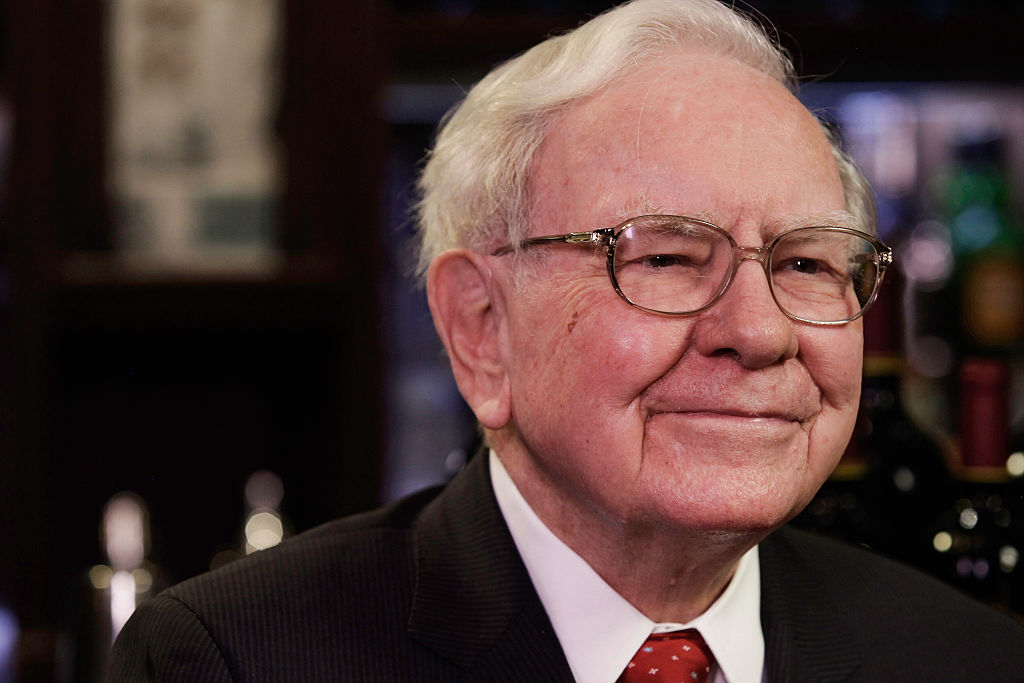3 Ways to Invest Like a Millionaire
No matter the size of your portfolio, you can learn valuable lessons by studying the investing habits of the rich.


Most millionaires aren't born rich. During his three decades researching the wealthy, Thomas J. Stanley, co-author of "The Millionaire Next Door," consistently found that between 80% and 85% of all millionaires are self-made. Some earned their fortunes through hard work; others, by saving aggressively. Many amassed wealth by investing wisely.
Indeed, a study by Spectrem Group, a research firm that focuses on wealthy investors, found that millionaires devote more than half (55%) of their assets to liquid investments. The remaining assets are tied up in principal residences (16%), defined contribution retirement plans such as 401(k)s (12%), insurance and annuities (8%), investment real estate (6%) and privately held businesses (2%).
Understanding where the rich like to put the 55% that makes up their investable assets can be enlightening to investors of lesser means. And while there's no guarantee that adopting some of the investing habits of millionaires will turn you into one, it certainly can't hurt. Check out three of the ways to invest like a millionaire to see if any or all might be right for you.

Sign up for Kiplinger’s Free E-Newsletters
Profit and prosper with the best of expert advice on investing, taxes, retirement, personal finance and more - straight to your e-mail.
Profit and prosper with the best of expert advice - straight to your e-mail.
Favor stocks over bonds
Millionaires invest 44% of their investable assets in stocks, according to Spectrem, with a strong preference for U.S. stocks over foreign stocks. When they do venture abroad, it's usually to buy shares of European companies. Bonds account for just 15% of investable assets, with short-term investments (interest-bearing accounts and such) making up another 15%. The balance of stocks and bonds an investor holds is a personal choice. It depends on age, goals and appetite for risk. That said, historically stocks have outperformed bonds. From 2007 to 2016, Standard & Poor's 500-stock index delivered an average annual total return of 8.7%, according to Aswath Damodaran of New York University's Stern School of Business. The bond benchmark of 10-year Treasury notes returned an average of 5% a year.
Buy tech and health-care stocks
When private investing club Tiger 21 surveyed its members in 2016, it found that millionaires think technology and health care are the two most promising sectors for investors over the next three years. (At least $10 million in investable assets are required to gain admission to Tiger 21.) So far, so good. Both sectors are outperforming the S&P 500 in 2017. Looking ahead, health-care and pharmaceutical stocks do have powerful demographic tailwinds thanks to aging baby boomers. As for technology stocks, big names including Amazon.com (symbol AMZN), Apple (AAPL) and Google-parent Alphabet (GOOGL) all look like good long-term bets.
Be selective about investing advice
Spectrem found that just 24% of millionaires consider themselves "very knowledgeable" about investment, while 59% admit they "still have a great deal to learn." That might explain why two-thirds of millionaires consult with advisors, at least to some degree, about investments. Tiger 21 found that when it comes to doing their own research, its members favor newspapers, magazines and websites over television and radio. The top four sources of financial news and information for Tiger 21's millionaires (in order of preference): The Wall Street Journal, The New York Times, investment-research website Seeking Alpha and The Economist.
Get Kiplinger Today newsletter — free
Profit and prosper with the best of Kiplinger's advice on investing, taxes, retirement, personal finance and much more. Delivered daily. Enter your email in the box and click Sign Me Up.

Dan Burrows is Kiplinger's senior investing writer, having joined the august publication full time in 2016.
A long-time financial journalist, Dan is a veteran of MarketWatch, CBS MoneyWatch, SmartMoney, InvestorPlace, DailyFinance and other tier 1 national publications. He has written for The Wall Street Journal, Bloomberg and Consumer Reports and his stories have appeared in the New York Daily News, the San Jose Mercury News and Investor's Business Daily, among many other outlets. As a senior writer at AOL's DailyFinance, Dan reported market news from the floor of the New York Stock Exchange.
Once upon a time – before his days as a financial reporter and assistant financial editor at legendary fashion trade paper Women's Wear Daily – Dan worked for Spy magazine, scribbled away at Time Inc. and contributed to Maxim magazine back when lad mags were a thing. He's also written for Esquire magazine's Dubious Achievements Awards.
In his current role at Kiplinger, Dan writes about markets and macroeconomics.
Dan holds a bachelor's degree from Oberlin College and a master's degree from Columbia University.
Disclosure: Dan does not trade individual stocks or securities. He is eternally long the U.S equity market, primarily through tax-advantaged accounts.
-
 The Best Places for LGBTQ People to Retire Abroad
The Best Places for LGBTQ People to Retire AbroadLGBTQ people can safely retire abroad, but they must know a country’s laws and level of support — going beyond the usual retirement considerations.
By Drew Limsky Published
-
 Financial Planning's Paradox: Balancing Riches and True Wealth
Financial Planning's Paradox: Balancing Riches and True WealthWhile enough money is important for financial security, it does not guarantee fulfillment. How can retirees and financial advisers keep their eye on the ball?
By Richard P. Himmer, PhD Published
-
 Wall Street Is Worried About Apple Stock. Should You Be Too?
Wall Street Is Worried About Apple Stock. Should You Be Too?Analysts expect Trump's sweeping tariffs to have an outsized impact on Apple stock. How concerned should investors be?
By Karee Venema Last updated
-
 The Stock Market Is Selling Off. Here's What Investors Should Do
The Stock Market Is Selling Off. Here's What Investors Should DoInvestors started fleeing the equities market en masse in response to the Trump administration's "jaw-dropping" tariffs. But the experts say don't panic.
By Karee Venema Last updated
-
 Should You Sell Tesla Stock as Elon Unrest Grows?
Should You Sell Tesla Stock as Elon Unrest Grows?Tesla's CEO is wearing many hats and is managing them "with great difficulty."
By David Dittman Published
-
 5 of Warren Buffett's Best Investments
5 of Warren Buffett's Best InvestmentsWarren Buffett has had plenty of wins throughout his decades of investing. Here, we highlight five of Buffett's best investments.
By Kyle Woodley Published
-
 Apple's 100,000% Return Is a Result of Innovation, Brand Loyalty and Buybacks
Apple's 100,000% Return Is a Result of Innovation, Brand Loyalty and BuybacksApple spends billions buying back its own shares, but this is just one catalyst behind the incredible growth in its share price.
By Louis Navellier Published
-
 Stock Market Today: Stocks Struggle After Trump's EU Tariff Threats
Stock Market Today: Stocks Struggle After Trump's EU Tariff ThreatsStocks pared early gains after Trump threatened the European Union with 25% tariffs.
By Karee Venema Published
-
 Stock Market Today: Dow Gains After Nike Gets Upgraded
Stock Market Today: Dow Gains After Nike Gets UpgradedJefferies thinks Nike's new CEO will spark a turnaround in the beaten-down blue chip.
By Karee Venema Published
-
 Best Investments to Sidestep Trump's Trade War
Best Investments to Sidestep Trump's Trade WarThese ETFs are well-designed to weather rising U.S. protectionism and retaliatory tariffs.
By Jeff Reeves Last updated